7 More Industries that Were Transformed by Technology
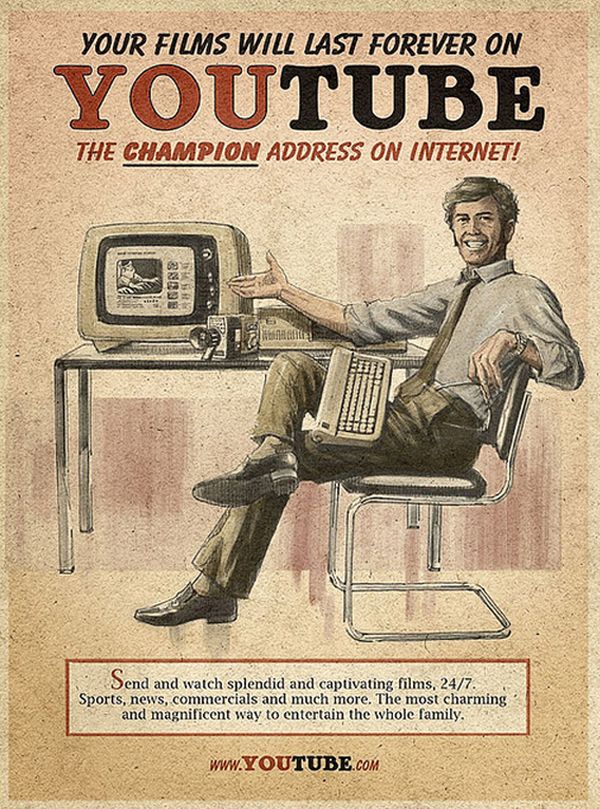
Photo credit: Pinterest
Click here for the first part this article.
Technology is now racing with time, bringing our virtual dreams and favourite sci-fi movies to life. Many industries are now going digital for the unbeatable efficiency and entertainment that technology brings about.
In a previous article, we highlighted 7 industries that were transformed by technology. Here are 7 more:
1- Health:
Remember that time when Cholera and Influenza were lethal? Today, doctors figured out a way to grow hearts for newborns with nonfunctioning left ventricles. Children should undergo a couple of open-heart surgeries that force the blood into the left ventricle and, therefore, forcing the cycle to work normally.
People with fractured or missing organs can have their real limbs again with the 3D printing of living cells. Printing plastic limbs for amputees was considered a breakthrough in healthcare and medicine, but now bioprinting made printing living organs possible. A company called BioBots invented a printer that combines a special ink called "photoinitiator powder" and targeted living cells and pushes the mixture out by hydraulic pressure. The design, like with any 3D printer, could be shaped by 3D modelling problems such as CAD.
As for medical archives, supercomputers can now save patients' medical history, accurately diagnose diseases, and predict future illnesses, like an IBM's Dr. Watson.
2- Fashion:
Doing the laundry will never be such a headache again with the new self-cleaning fabrics produced with the use of nanotechnology or fluorocarbons. Titanium dioxide, a chemical that is already used in self-cleaning windows and kitchen tiles, is mixed with nitrogen and triethylamine, an acid neutralizer. The fabrics are then soaked in the mixture, dried, heated, and cleaned with hot water. The fabric is supposed to clean itself from stains and smells when exposed to sunlight, and is proven to be non-toxic and long-lasting.
Fashion designers like Mary Katrantzou and Alexander McQueen are now using digital printing methods to apply digital prints and designs on fabrics directly with special ink jet printers. This method brings about new, trendy designs to the market while reducing waste.
3- Retail:
The whole shopping experience has gone to a new level. Not just with the virtual aisles that will save you the hassle of running between stores to get just one item, but also with the complementary services that add value to the customers.
Online shopping was frowned upon for many years because the customers don't get a feel of the actual product and end up buying things they don't want. Now, most online stores provide 3D images of the product from various positions and a zoom-in option along with tools that can estimate the customer's size accurately.
Retail technology offers its customers various services, like pre-paying and pre-ordering in normally crowded stores. IKEA, for example, now offers an application that can give the customers a simulation of the furniture they want to purchase inside a room in a real life preview. Customers can also review the ratings and comments on the website before purchasing the product.
4- Art, Culture and Entertainment:
Although it is debatable whether or not technology had a positive impact on art, many artists give huge credits to technology for helping them do what they like most. Video art and interactive installations are examples of new media for artists to express themselves.
Back in the day, aspiring musicians and bands had to spend ridiculous amounts of money and travel endless miles to be recognized by record companies. With the advanced recording technologies that allow home studios to produce quality records, and today's social platforms like MySpace, Youtube, and Soundcloud, young musicians can find their way to the limelight.
Online music stores like iTunes and Spotify and devices like the iPod and MP3 players also made buying and enjoying music easier for the customers.
5- Security:
Security cameras got to a new level; there are now robotic cameras that can replace police officers in active, dangerous crime scenes. These cameras are controlled by police officers away from the scene and can go near suspicious packages to check for bombs.
GPS tracking services not only help us find our way on virtual maps; parents can install GPS in their youngsters' electronic devices and monitor their movements. The police can track criminals and suspects by pinpointing their locations.
6- Banking:
Banks are the main hubs for money exchange and document transfer to and from corporates, retailers, individuals, or even between banks.
Physical transactions are prone to fraud or common human error, but the new Electronic Check Payment technology eliminates any potential errors.
The ECP pulls out the payment details from the physical document and sends it to the depositing bank which then uses Magnetic Ink Character Recognition, a technology that checks for fraudulent checks at the earliest stage possible. ECP will also eliminate the use of hardcopy documents; all checks, signatures, and information from the MICR will be transferred virtually.
Electronic Data Interchange, a technology which allows companies to make transfers and payments online rather than by visiting the bank, will allow for safer and faster transactions.
7- Mail:
In the old days, letters took days, even months to reach the receivers, but technology helps people and institutions globally stay connected.
E-mail paved the way for easier communication between consumers and corporates, enhancing customer service and helping the companies understand the market needs.
Communication in the workplace and large institutions can be managed by e-mail, where hundreds of employees can instantly receive notifications or orders. The virtual mailbox keeps a record of all the sent, received, and deleted mail, which makes storing and tracking important messages easier.
How did technology change your industry? Share your thoughts with us in the comments.

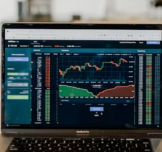










































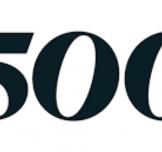

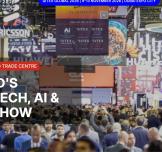







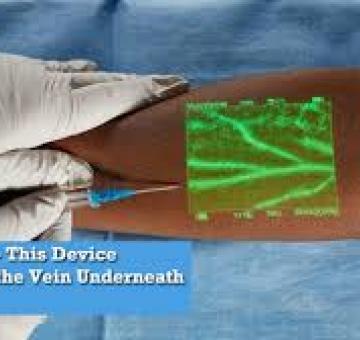
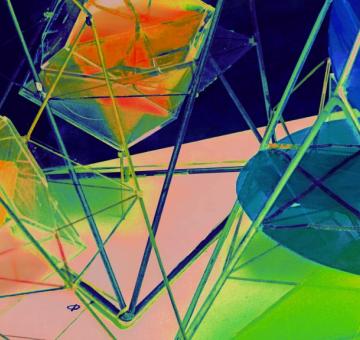
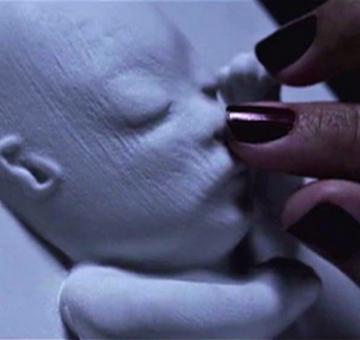








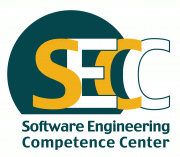




EgyptInnovate site is not responsible for the content of the comments